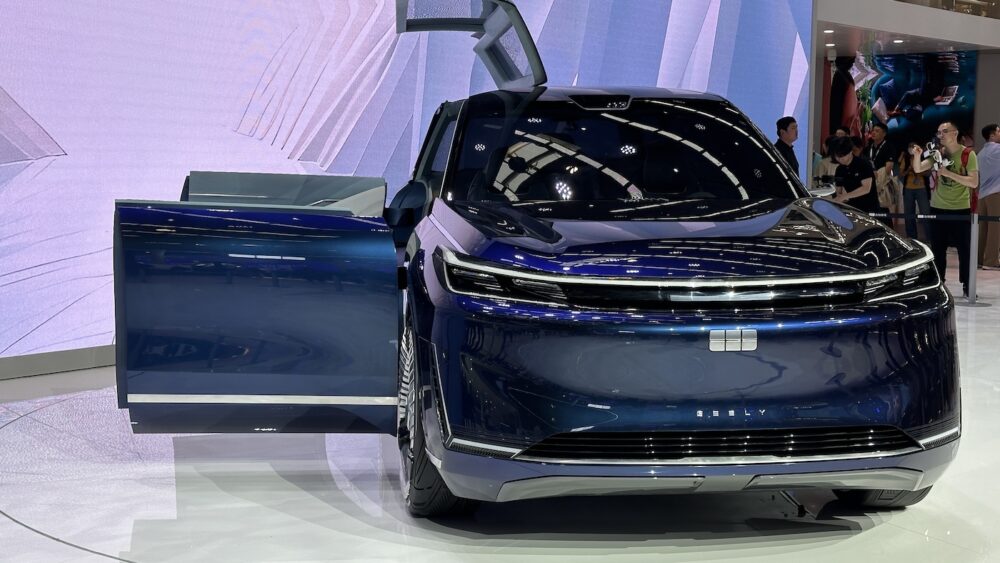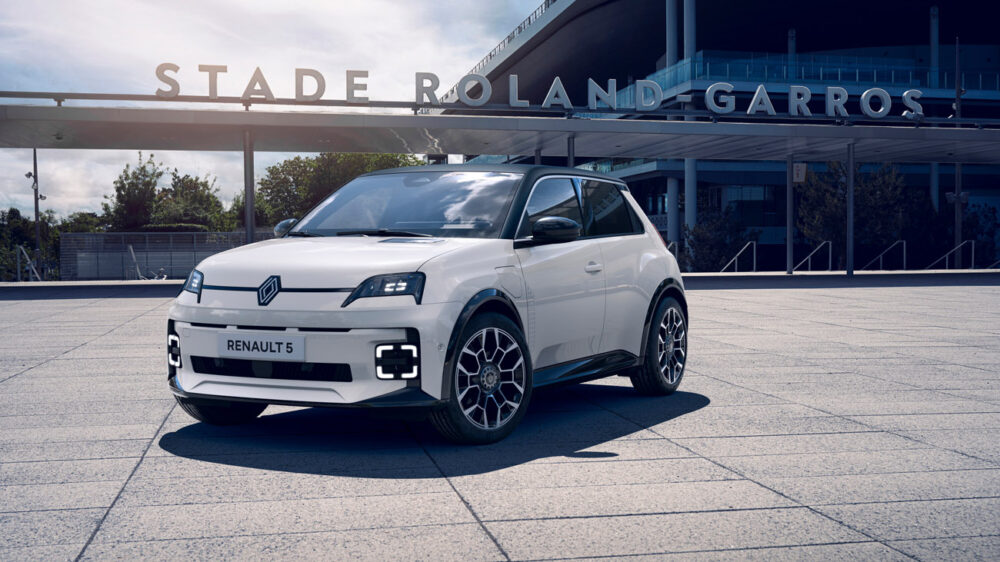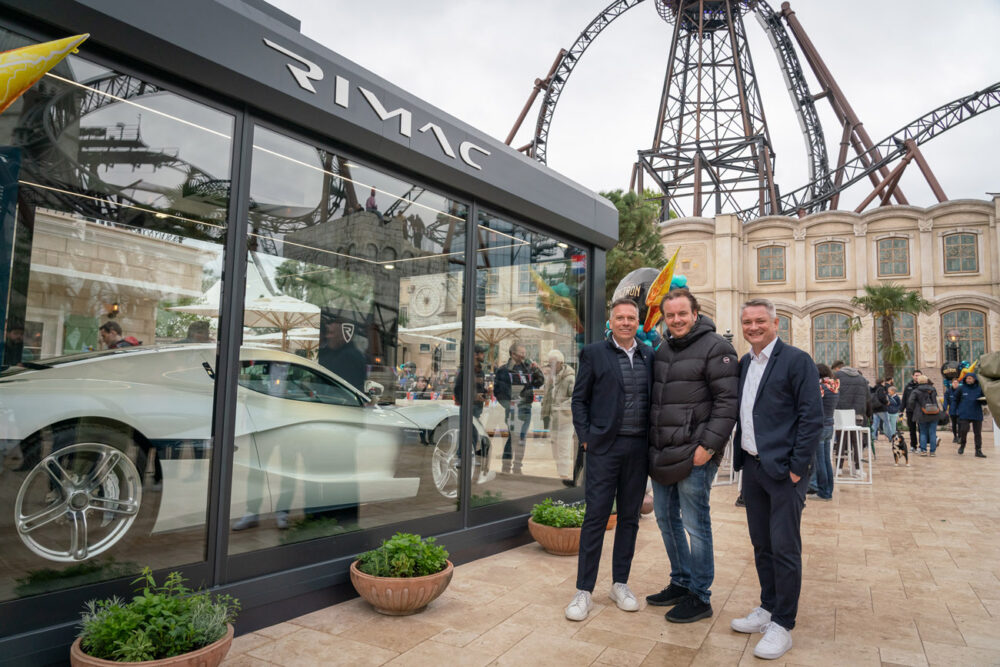Hyundai: Three records in one fell swoop
NOT TOO MUCH A PROMISE It's well known that Hyundai's electric cars can go quite far on one battery charge, not only on paper but also in everyday driving. Now the brand has proven even more at the Lausitzring. There, three Kona Elektro competed to set an efficiency record for purely electrically powered passenger cars. The goal of the mission: With a [...]
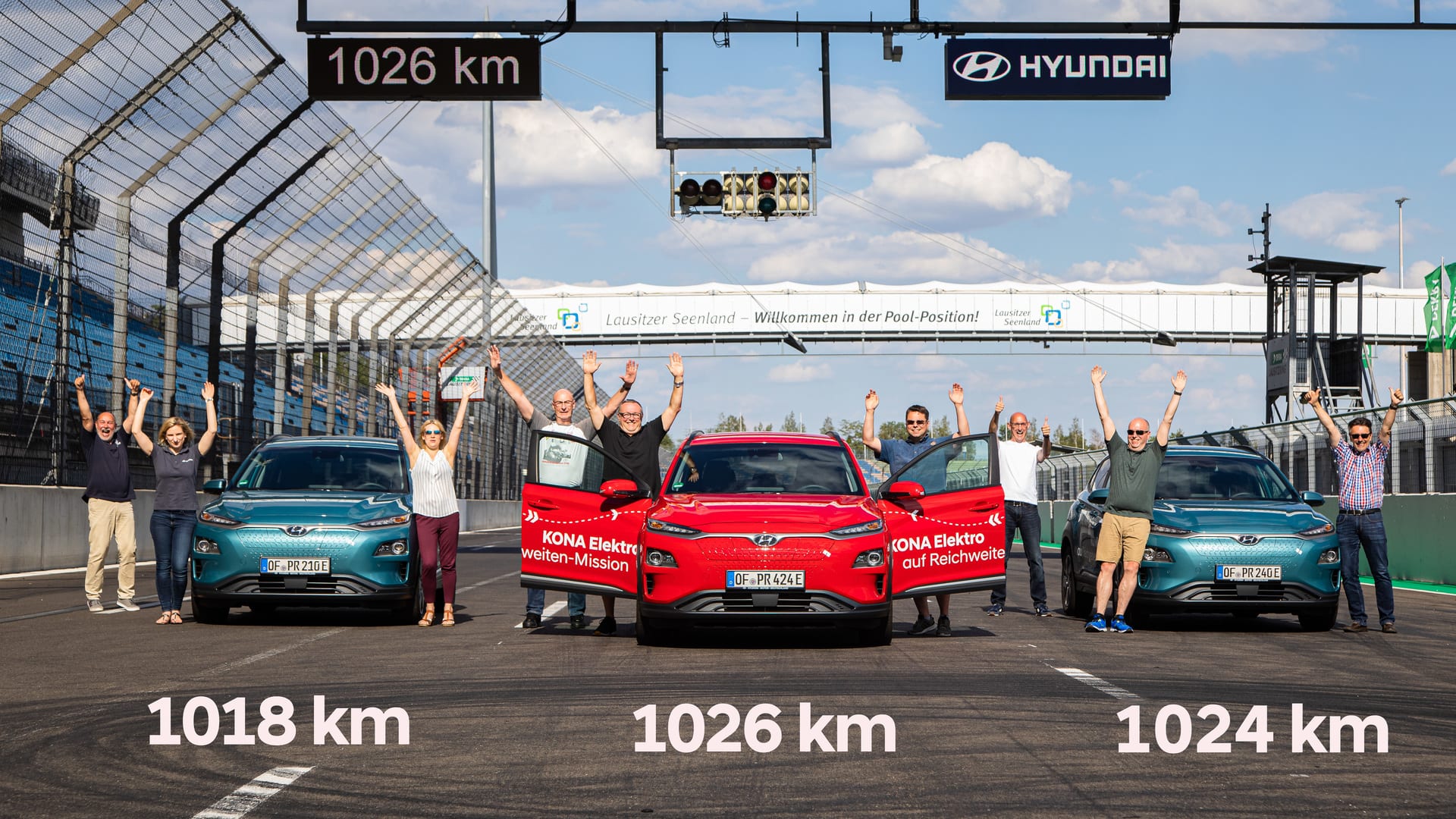
There, three Kona Elektro competed to set an efficiency record for all-electric passenger cars. The goal of the mission: each car was to travel further than 1,000 kilometers on a single battery charge.
All three vehicles mastered this challenge, which is defined in the English Hypermiling: They only stopped without power after exactly 1018.7, 1024.1 and 1026.0 kilometers.
Battery capacity of 64 kilowatt hours
In terms of the battery capacity of 64 kilowatt hours (kWh), each individual value represents a consumption record, as the cars' electricity consumption of 6.28, 6.25 and 6.24 kWh per 100 kilometers was significantly below the standard value of 14.7 kWh determined according to WLTP.
Drivers made the rounds with cruise control
All Kona Elektro were in standard condition, which corresponds to a range of 484 kilometers according to the WLTP standard. The 150 kW (204 hp) Kona Elektro were driven by alternating drivers during their three-day deployment, with almost all of them using cruise control. Dekra watched to make sure everything was above board.
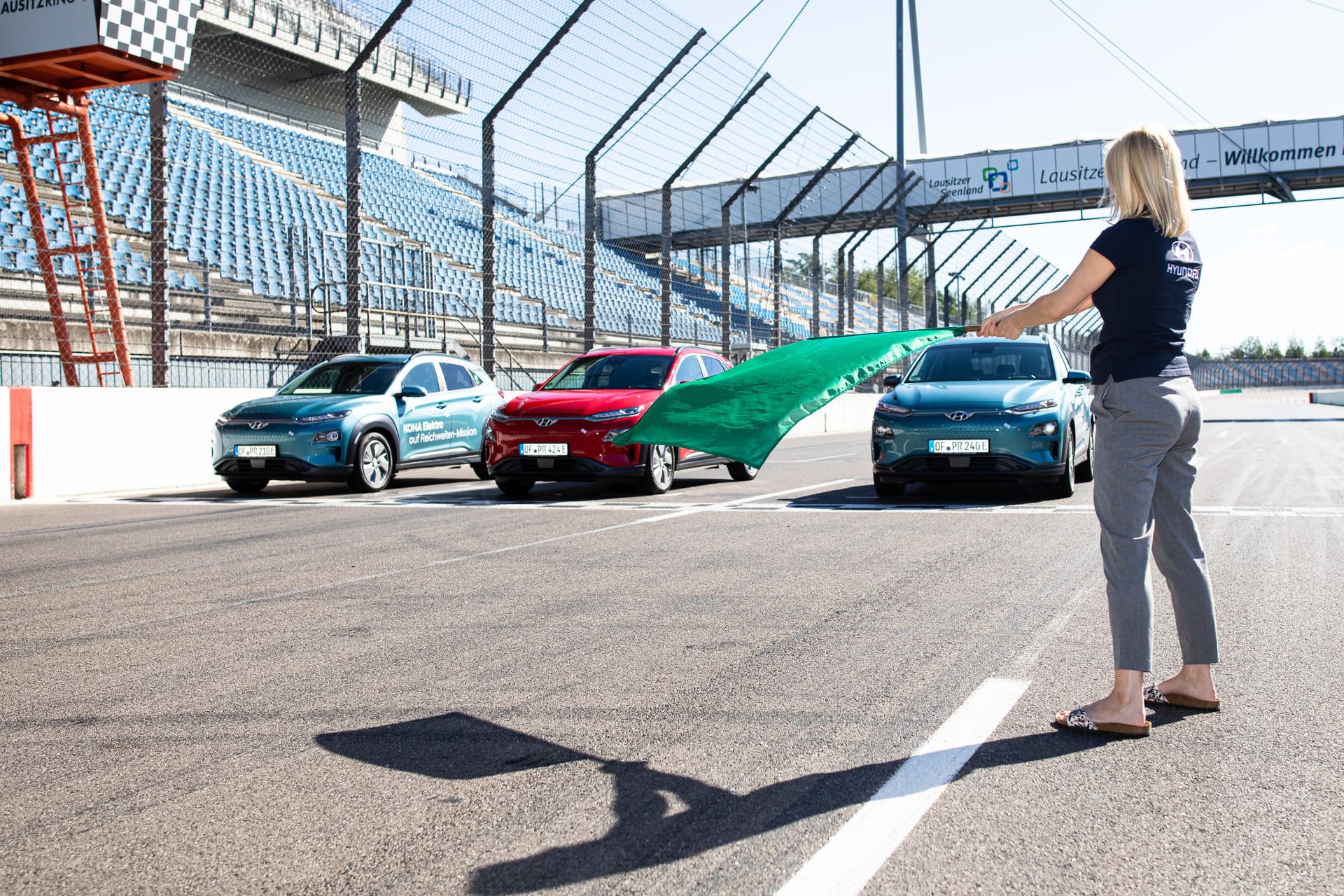
Without air conditioning and entertainment
The use of air conditioning was not prohibited, but none of the teams wanted to take the risk that an air-conditioned drive at outside temperatures of up to 29 degrees would have cost the crucial kilometers in range.
For the same reason, the entertainment system remained mute; the available power was to serve the drive alone. Only the daytime running lights remained switched on.
The standard 17-inch low-resistance tires were used as tires. The teams' cut was between 29 and 31 km/h, i.e. like in the inner-city area.
Charge level according to the driving style
For Hyundai, the record drive proved two things above all. The fact that all three cars achieved almost the same number of kilometers stands for extremely low production dispersion.
And secondly: The charge level indicator of the Hyundai Kona Electric is absolutely reliable and counts down the percentages exactly according to the driving style. At zero percent, the car continues to drive for a few hundred meters, then rolls out without power and stops at the end with a small jolt because the electric parking brake is activated for safety reasons.







